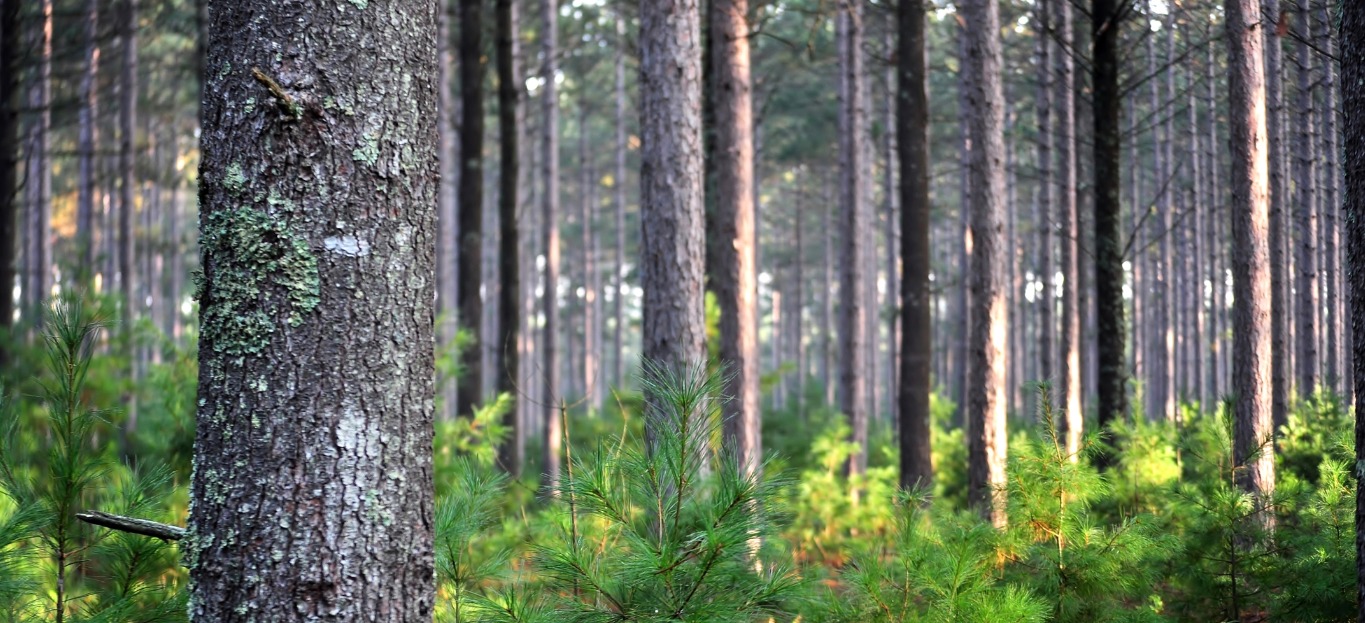A Little Tree TLC: Benefits & Drawbacks of Tree Wrapping
With the winter months fast approaching, it’s the perfect time to think about a little tree TLC. One of the most common ways people protect their tender trees during these cold months is by wrapping the trunks. Given the amount of confusion over this practice, however, we thought we should jump in and offer a little more info regarding the pros and cons of tree wrapping for winter.
Wrapping Benefits
There are a number of benefits offered by wrapping your trees. For one thing, winter reduces food sources for game, such as deer and rabbits, which may turn to bark. Stripping bark in winter can be dangerous or deadly to trees, so wrapping prevents this. Insects may also present a danger, which wrapping similarly defuses.
Sunscald is also an issue in the colder months. Thin-barked species are especially susceptible, and scalds can cause dried, dead bark that harms the tree. Wrapping the tree prevents the temperature fluctuations that cause this.
Lastly, wrapping can help prevent trees from getting splashed with salt from driveways and walkways. De-icing salt can burn foliage, harm bark and lead to tree damage or death. Especially good trees to wrap include crabapple, maple or honey locust trees.
Drawbacks of Wrapping
However, there are several drawbacks to wrapping trees, but most of them occur when you leave the wrappings on too long. For instance, when trees are still growing in fall or start growing again in spring, a tight wrap can inhibit growth and damage bark. Rubbing from wraps in the wind can also damage bark or break off spring buds.
Putting wraps on too early in fall or leaving them on too late in spring can also lead to insect damage because it provides a warm, moist habitat between the wrapping and the bark. This is another argument for waiting until cold months and taking off as soon as the weather breaks in spring.
Call the Experts
Premier Tree Solutions is a growing tree removal business based in Atlanta, Georgia. We would love to help you keep your trees as healthy as possible. We specialize in tree trimming and pruning, tree removal, storm cleanup and damage control, branch clearing and stump grinding, and Bobcat work.
Whatever your tree-related needs, we can help! If you have any questions, give us a call at 404-252-6448 or contact us here.







